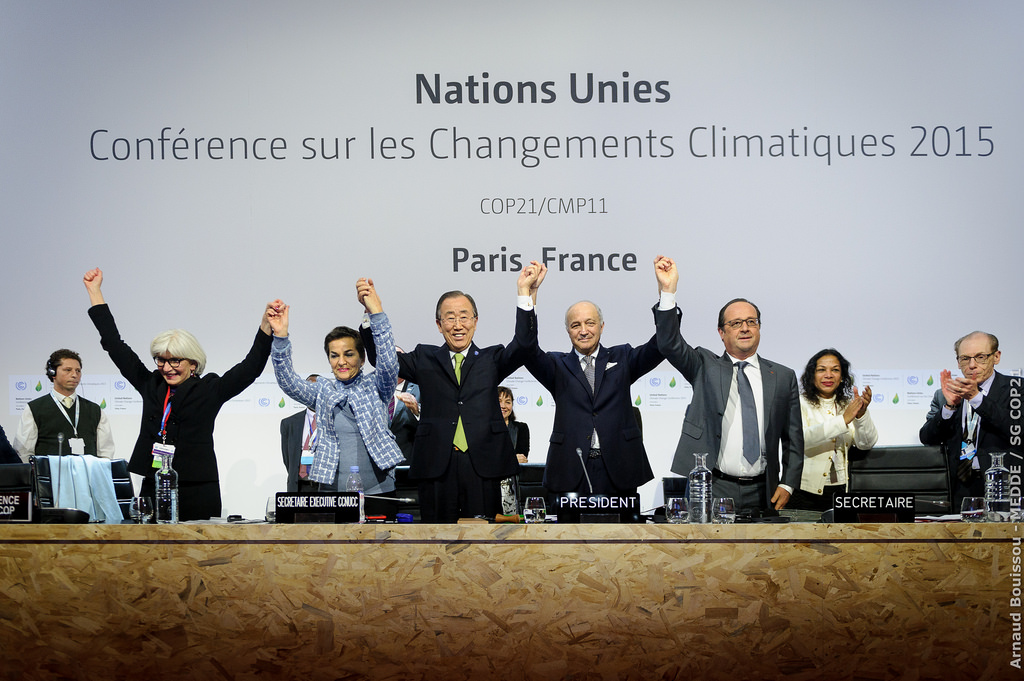Dr Alice Mah, Associate Professor, Department of Sociology, University of Warwick, UK
In November 2015, shortly after the publication of our first issue of Toxic News, I went on my first research trip to China, together with Cynthia Wang. This marked the start of a new journey to look at issues of pollution and health in different places around the world. During this visit, I could see very little of the landscape, less than I would have hoped, both literally, through the smog, but also conceptually. In fact, apart from the immediate sensory impact of the air pollution upon arrival in Beijing, one of the most striking stories that stayed with me from this trip was not one that I witnessed, but one that I heard repeated by different people I met. It was a story about mass deindustrialization that was framed politically as a way of tackling pollution, but was really about economics: the story of Hebei province and the Chinese steel industry.

Since 2013, Hebei province, China’s biggest steel producing region, has come to symbolize the staggering scale of both industrial pollution and job losses. Amidst slumping global steel prices, coupled with the mounting national crisis of air pollution, the Chinese government has significantly scaled back steel production, with millions of job losses across the industry. At least 200,000 direct job losses have been reported in the Hebei province alone. Recent reports in January 2016 suggest that a further 400,000 job losses are anticipated in the Chinese steel industry. This parallels recent announcements of related job cuts in Tata Steel in the UK of 1050 workers and trade union disputes over job cuts in the steel industry in Australia. Interestingly, job losses in the steel industry in the UK and Australia have been framed in terms of jobs and the economy, rather than in terms of pollution.
Amidst slumping global steel prices, coupled with the mounting national crisis of air pollution, the Chinese government has significantly scaled back steel production, with millions of job losses across the industry.
What really struck me about the Hebei story was the sheer scale and speed of deindustrialization. The devastating consequences of so many job losses for a region are difficult to imagine, whatever the justification- health, economics, or both together- for such a heavy-handed approach to industrial downsizing.
Yet while job losses are tangible and acute, pollution, however dispersed, also comes at incredible human costs. Indeed, according to 97% of climate scientists around the world, the human costs of climate change will indeed soon be palpable, and on an unprecedented scale. There was a cautiously optimistic mood following the much-anticipated climate change talks in December at COP21 in Paris, particularly in contrast with the ‘failure’ of Copenhagen in 2009. Yet as the cultural historian Rebecca Solnit so provocatively asks in her Harpers essay ‘Power in Paris’, ‘Can the earth be saved by bureaucrats in long meetings, reciting jargon and acronyms while surrounded by leaning towers of documents?’

In this issue of Toxic News, we tackle some of the complexities of toxics, pollution, and environmental health. Toxics are often geographically concentrated, around the infrastructure of heavy industry, but they are also dispersed, traversing boundaries of land, water, and air, across nations, communities, and bodies.
We introduce interviews in this issue, featuring world-renowned US chemist and environmental justice advocate Wilma Subra, who reflects on her recent work on Superfund sites, including the continuing effects of toxic waste from Love Canal. We also interview Andy McGeechan, a community activist based in Hillfields, Coventry (near the University of Warwick, where the Toxic Expertise research team is based).
Doug Weir draws our attention to an important yet under-investigated issue: the ‘toxic remnants of war’, investigating the toxic implications of armed conflict.
Two of our authors focus on debates about the environmental health impacts of heavy industry, with striking parallels yet important differences. Anthropologist Daniel Renfrew discusses recent findings on the politics of environment, health, and economy around cement factories in the small town of Minas in Uruguay. Miguel Ángel López-Navarro offers a compelling argument for considering the petrochemical complex, rather than individual firms, as a unit of analytical reference, to address entangled spatial, environmental, and economic dynamics.

Finally, Cynthia Wang reflects on the critical issue of air pollution in Beijing, drawing on her experience during our recent trip to China.
(Featured Image: credit Fredrik Rubensson, Thick smog over Pearl River: credit J Aaron Farr, COP21 image: credit COP PARIS, Smoggy Shanghai: credit gmoorenator)
